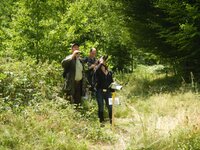Forest Condition Survey
The forest vitality is annually assessed within the Forest Condition Survey (Waldzustandserhebung - WZE). The crown condition represents the most widely used indicator for the vitality of forest trees. The WZE has taken place in the old West German states since 1984 and in the newly-formed German states since 1990. Since 1 January 2014, the WZE is conducted on the basis of a federal regulation called ForUmV, which is based on the National Forest Act (§41a Absatz 6 BWaldG).
The nationwide survey is carried out every July and August on a systematic 16 km x 16 km grid (Level I grid) at approx. 10,000 trees and provides representative results for the main tree species at federal level. Within the German states grid densifications are common.
The field work and the first examination of the data are conducted by the states. The survey data of the 16 km grid of the different states are delivered to the Thünen institute of forest ecosystems, joined in the national data base, checked and evaluated. As part of the reporting obligation, the annual results are provided to the Federal Ministry for Food and Agriculture, which publishes the national Forest Condition Report. Moreover, the data are used within the European Forest Monitoring and are annually supplied to the Programme Coordinating Centre (PCC) of ICP Forests.
The crown condition survey is based on the visual assessment of the externally visible condition of single trees. The key parameter of the crown condition survey is defoliation, which is assessed as needle/leaf loss in 5% scores in relation to a reference tree. Additionally, several further parameters that give hints regarding the tree vitality and causes for defoliation are examined. These include fructification, discolouration of leaves and needles, insect and fungi attacks as well as trunk and crown damages.
The survey is conducted according to the internationally harmonised manual of ICP Forests. Measures of quality assurance and quality control have additionally been implemented in order to achieve a methodically consistent data collection within the WZE. The annually conducted national calibration course represents one of the main components of quality assurance. The Thünen institute of forest ecosystems analyses the data of the course and writes a report, which is made available to the participants.
Further links
Websites only in German:
Contact

- Phone
- +49 3334 3820 304
- nicole.wellbrock@thuenen.de
Head of Soil protection and forest health, Contact person National Forest Soil Survey and Crown Condition Survey

![[Translate to English:] [Translate to English:]](/media/_processed_/9/2/csm_Allgemein_Thueringen_Hainich_Mischwald_Bolte_2__19d9dab56a.jpg)
![[Translate to English:] [Translate to English:]](/media/_processed_/d/2/csm_100_0001_0013_c05c63e7db.jpg)


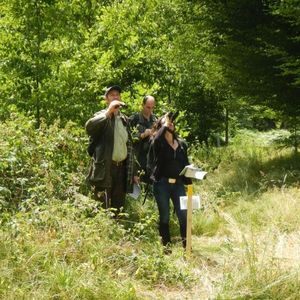
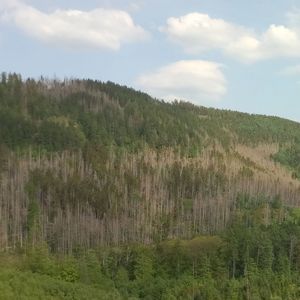
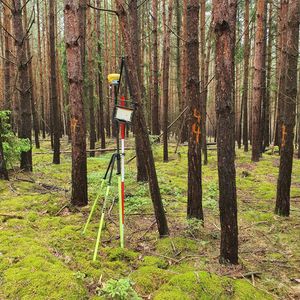
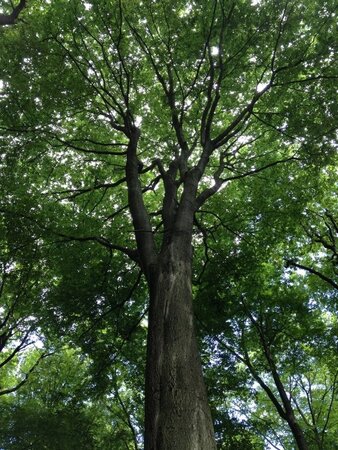
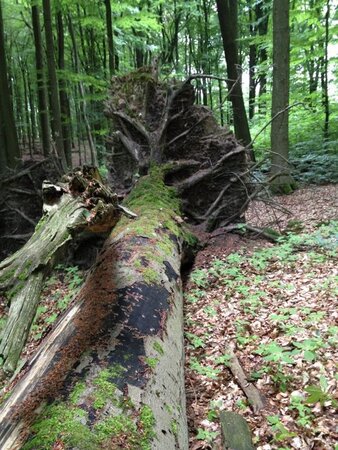
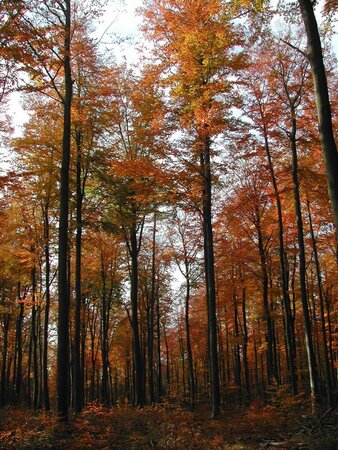
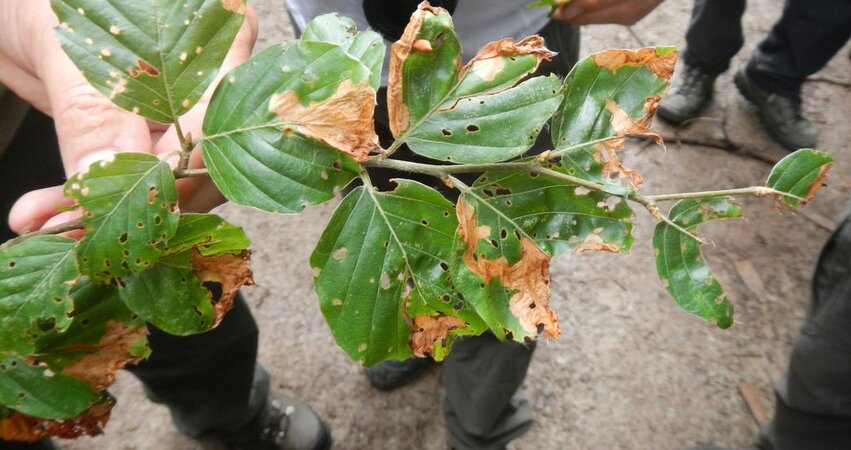

![Click to zoom image [Translate to English:] Schadansprache an einem Fichtenstamm (Stammschaden)](/media/_processed_/0/4/csm_eickenscheidt_spruce_F1_wound_410d22c166.jpg)
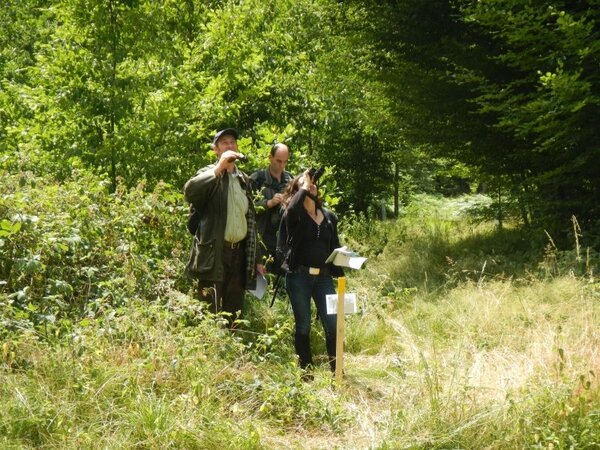
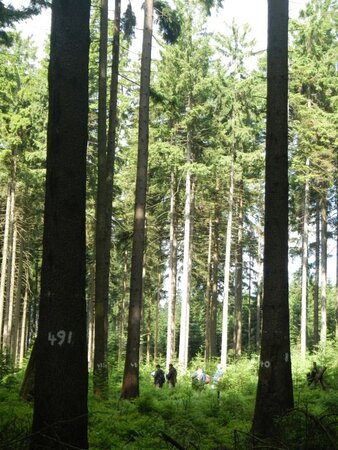



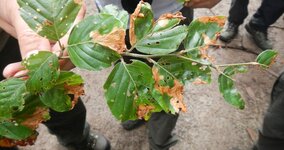

![Spruce trunk with wound [Translate to English:] Schadansprache an einem Fichtenstamm (Stammschaden)](/media/_processed_/0/4/csm_eickenscheidt_spruce_F1_wound_d028c215b3.jpg)
